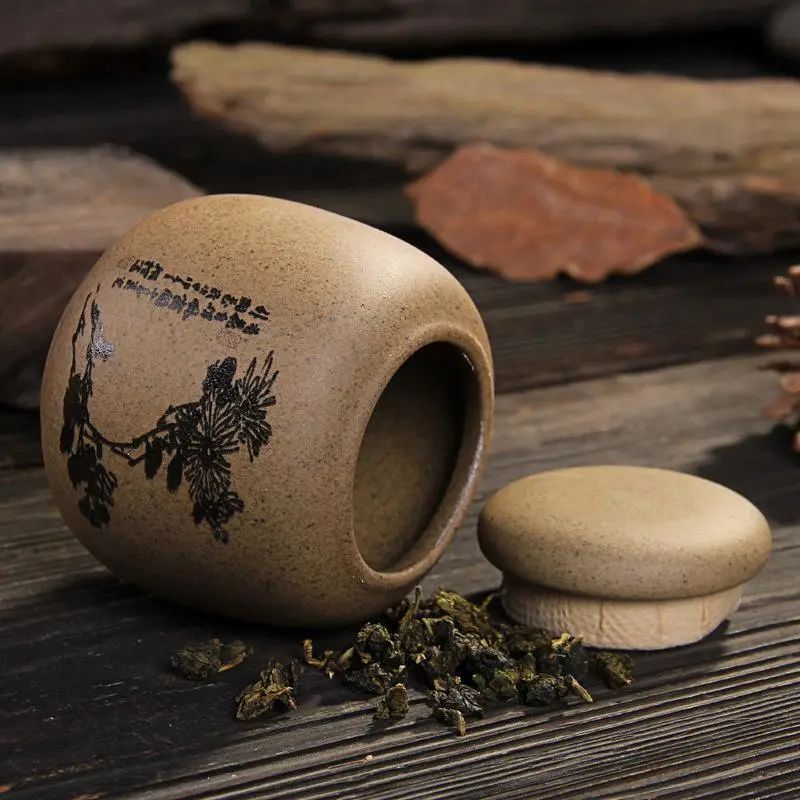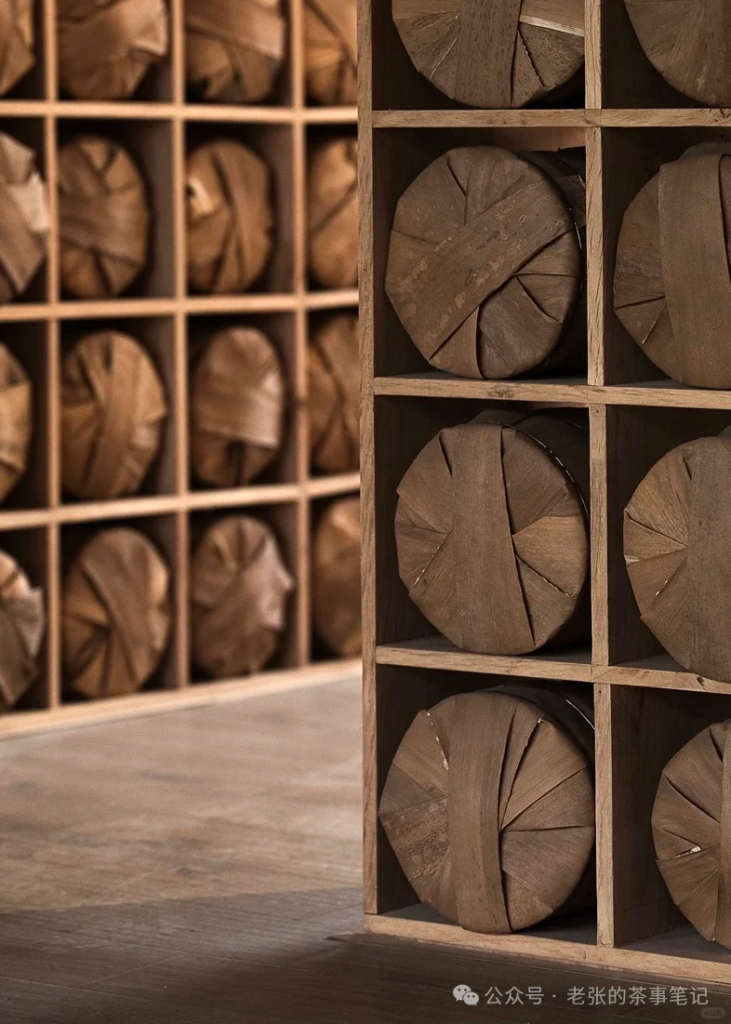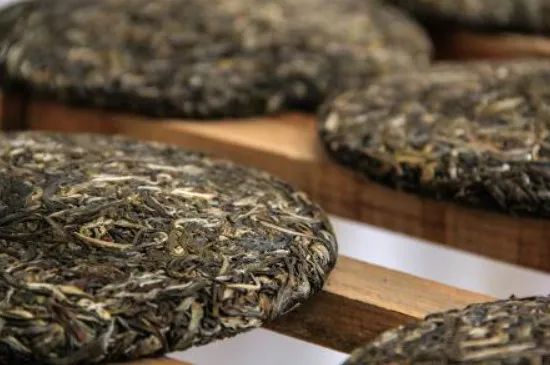Tea can be quite delicate sometimes. Even a little negligence can cause it to lose its original flavor, especially during the dog days when the temperature is high and the humidity is heavy. If not stored properly, tea is prone to spoilage. Today, let’s learn about various tea storage methods together!
Tea has strong hygroscopic and odor-absorbing properties and easily absorbs moisture and odors in the air. If the storage method is slightly improper, tea will lose its flavor in a short period. Moreover, the more precious the tea with light fermentation and high fragrance, the more difficult it is to store. Usually, after being stored for a while, the aroma, taste, and color of tea will change. The original freshness of new tea will disappear, and an aged flavor will gradually emerge. Therefore, mastering tea storage methods to ensure tea quality is essential in life.
When storing tea, it is crucial to remove as much air as possible from the tea bag, and it is even better if a second plastic bag can be used to reverse the packaging to enhance protection. Transparent plastic bags should not be exposed to sunlight. The principle of using aluminum foil bags is similar to that of plastic bags. Additionally, dividing the purchased tea into separate bags and sealing them before placing them in the refrigerator can reduce the chances of the tea coming into contact with air after opening, thus delaying the deterioration of quality.
Metal can storage method: Iron cans, stainless steel cans, or dense tin cans can be selected for tea storage. If the can is newly purchased or has previously stored other items with odors, a small amount of tea dust can be placed inside the can, the lid can be closed, and the can can be shaken and wiped against the walls before discarding the dust to remove any odors. There are stainless steel tea cans with two-layer lids available on the market, which are simple and practical. If combined with a clean, odorless plastic bag for tea packaging, and then placed into the can with the lid sealed and the mouth taped shut, it is even better. Metal cans containing tea should be stored in a cool place, avoiding direct sunlight, odors, humidity, and heat sources. In this way, iron cans are less likely to rust, and the aging and deterioration of tea are slowed down. Tin cans have a dense material that is effective in moisture-proofing, oxidation prevention, light-blocking, and odor prevention. Low-temperature storage method: The environment for storing tea should be kept below 5 degrees Celsius, which means using a refrigerated or frozen storage facility to keep the tea. For storage periods of up to six months, maintaining a refrigeration temperature of 0 to 5 degrees Celsius is the most economical and effective; for storage periods exceeding half a year, freezing (-10 to -18 degrees Celsius) is better. It is best to use a dedicated refrigerated (frozen) storage facility for storing tea. If it is necessary to store tea with other foods, the tea should be properly packaged and completely sealed to prevent the absorption of odors. Good air circulation within the refrigerated (frozen) storage facility is essential to achieve the cooling effect. When purchasing a large quantity of tea at once, it should be pre-packaged into small packages (cans) before being placed in the refrigerated (frozen) storage facility. Each time, only the amount needed for brewing should be taken out, and the same package of tea should not be repeatedly frozen and thawed. When taking tea out of the refrigerated (frozen) storage facility, the temperature inside the tea can should be allowed to rise to a level close to room temperature before removing the tea. Otherwise, if the tea can is opened abruptly, the tea is prone to condense moisture and increase its water content, accelerating the deterioration of the unfinished tea. Ceramic jar storage method: Select a dry, odorless, and airtight ceramic jar. Wrap the tea with kraft paper and place it around the sides of the jar, with a bag of lime in the middle, and then place tea packages on top. After filling the jar, cover it tightly with cotton. The lime should be replaced every 1-2 months. This method utilizes the hygroscopic properties of quicklime to keep the tea dry and is quite effective. It can maintain the quality of the tea for a longer period, especially for some valuable teas, making this method particularly suitable.Long-term storage of tea requires controlling the moisture content within 3-5% for extended preservation. The degree of roasting and drying has a significant relationship with the storage duration of tea. Generally, tea with heavier roasting and lower moisture content can be stored for a longer period. When the optimal storage period for tea is reached, it should be taken out for re-roasting. One can clean an electric rice cooker until it is odorless, dry it, and then pour the tea onto a porcelain plate or aluminum foil, placing it inside the rice cooker. Switch the cooker to the ‘keep warm’ setting, cover the lid partially, and stir it at appropriate times. After about half a day, the tea will transition from an aged taste to a fresh, ripe aroma, and it should be easy to crush between your thumb and index finger. After cooling down, it can be repackaged for storage. Some people use microwave ovens to dry and bake tea, but due to the short heating time and the need to keep the oven door closed, it is difficult to control the heat, often leading to charring the surface of the tea leaves or failing to dissipate the aged taste, which is still a technical challenge to overcome. The most reliable method is to entrust your treasured tea to a familiar tea master or farmer for roasting. In summary, tea is also a type of food. Apart from ripe pu-erh tea and dark tea, other teas have a shelf life. Depending on the variety of tea and the growing conditions, the shelf life varies. If not stored properly, such as becoming damp and exceeding the moisture content standard, tea may expire prematurely. To determine whether tea has expired, one can use the following methods: check for mold or an aged odor; see if green tea has turned red and the soup color has darkened. Also, assess whether the concentration and freshness of the tea flavor have decreased. Additionally, one can check the expiration date on the packaging; for loose tea, it is best not to exceed 18 months for brewing. Tea preservation remains a significant challenge in today’s world, and there is no method that can keep tea fresh for a long time; it can only extend the freshness period as much as possible. Even with the best storage methods, the preservation period of different teas varies due to differences in tea-making processes. Green, white, and yellow teas, which are non-fermented or lightly fermented, are the most difficult to keep, and they start to change flavor three months after the new tea hits the market. Oolong tea, which is semi-fermented, can be preserved for about half a year and still retain the tea’s freshness. Black tea, being fully fermented, can be preserved for a longer period. Dark tea, as a post-fermented tea, has a unique production process that allows it to improve in quality over time, earning it the titles of ‘tea antique’ and ‘black gold’. Tea has a strong affinity for moisture and odors, easily absorbing water and odors from the air. If the storage method is slightly improper, it can lose its flavor in a short period. The more lightly fermented and high-aroma valuable teas are, the more difficult they are to preserve. Typically, after tea has been stored for a while, its aroma, soup color, taste, and color will change. The original new tea flavor disappears, and the aged taste gradually emerges.


